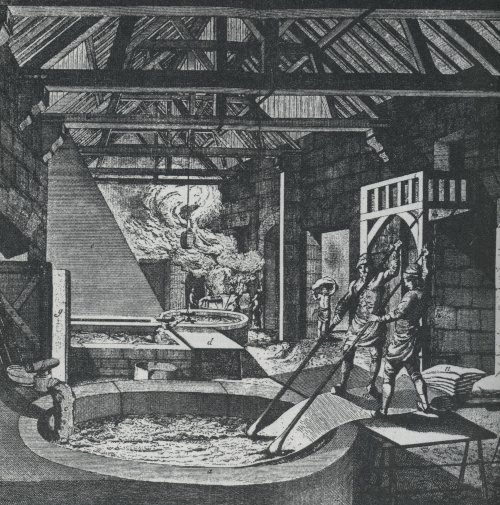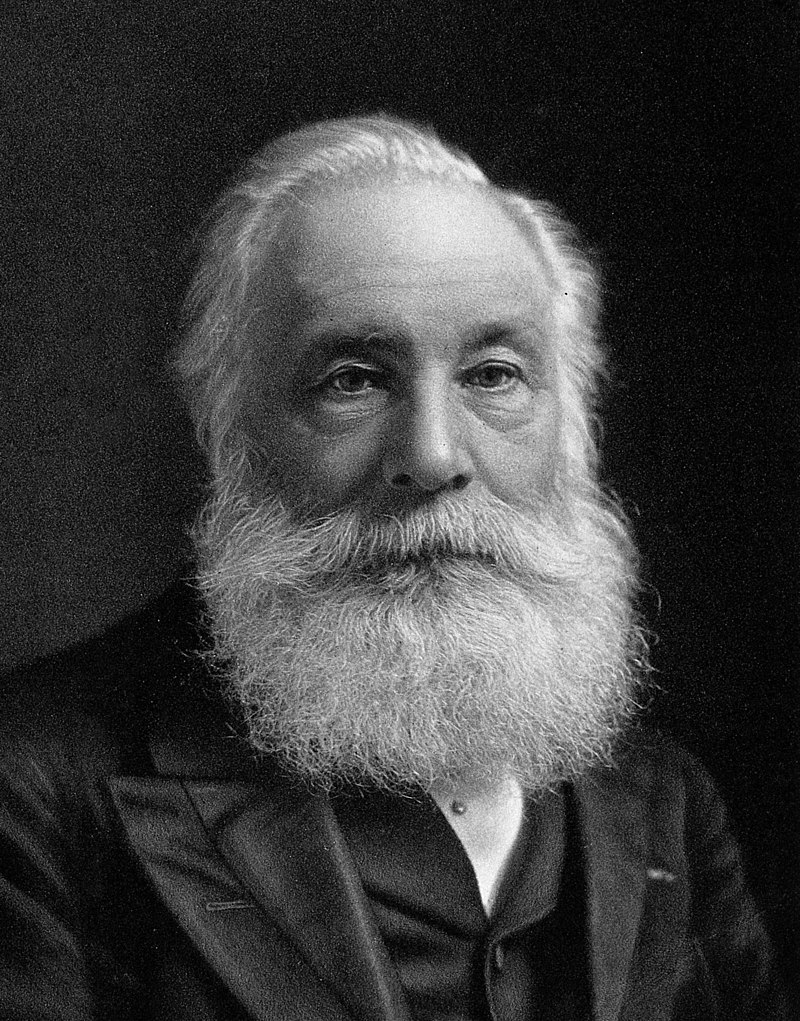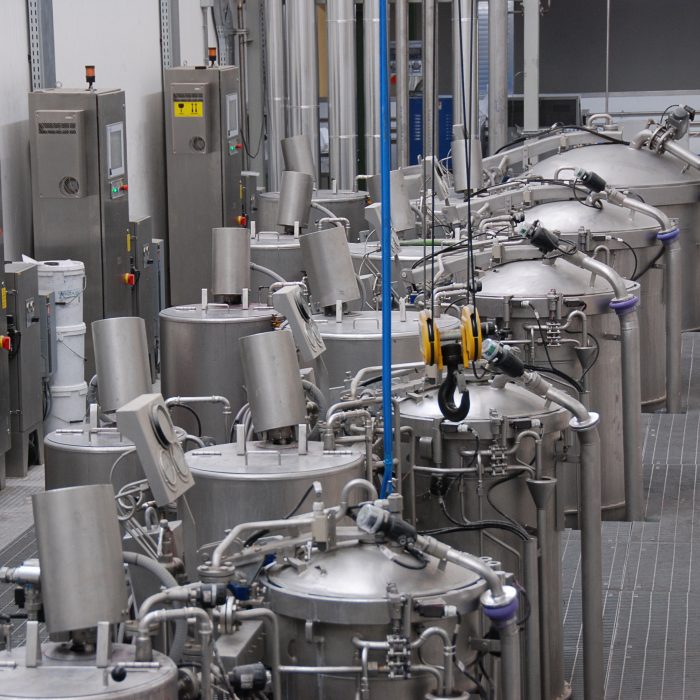The history of dyeing
The dyeing of fibers or fabric is practice as old as the world. From when man first appeared on earth he has tried to use natural colours; from flowers, plants and other organic substances to dye or colour his belongings. The first findings of this process, date from Neolithic times, obviously the colours used in that period were limited to the surrounding nature. For example the ancient Egyptians used spices such as cumin, henna and saffron to dye their fabrics. The Phoenicians where known for were producing a purple dye from a sea snail called the spiny dye-murex. All areas of the world were developing different techniques and colours. From each we can identify the zone of origin, you need only to think of batik from India or the vibrant colours of the Maya Inca Aztecs made using the cochineal or tree roots

With the passing centuries , thanks to new discoveries and the beginning of commercial trade the dyeing process continued to improve. In Florence many labour corporations were formed including one of Dyers. This corporation enabled the dyers to create rules to protect and regularize their craft. Each dyer specialised in one colour of which only he had the knowledge to reproduce. The discovery of America brought new colours and new techniques. It was only in 1856 when William Henry Perkin, an English chemist accidently discovered that you could create the colour mauve from aniline that chemicals where be used to create colours often in favour of natural ingredients.
 (William Henry Perkin)
(William Henry Perkin)
Dyeing Today
The dyeing of thread, is a long cycle of work. It transforms the raw thread into a coloured one, thanks to the use of chemical substances. It is very important that the colour prenetrates deeply into the fiber to produce a solid and lasting colour. The first step of the cycle is to remove the impurities; these if kept may produce a diversity in the final colour. Then the spools of thead are put into special autoclaves, after into an alkaline bath which also contains the colouring substances. These substances, must be able to reach the center of the fiber, to give uniformity and activate the chemical process necessary to fix the colour. The last two phrases are: the washing which eliminates the excess colour and the oxidation which fixes the colour permantly and makes it insoluble in water.
 (Autoclavi)
(Autoclavi)
This process can last up to 12 hours and at the end the spools are dried in a spin dryer which eliminates the bulk of the water. To ensure the right degree of humidity the spools are treated with jets of air or microwaves. In the next stage, the threads are checked to control the colour is uniform and water resistant. Garments produced with thread which has been dyed have a much better stability of colour than garments produced with a dyed fabric. Today the dying of the fabric is a widely used process, the technique is fast and economical but the final results are inferior in terms of colour solidarity and duration.
The philosophy
Our company, keeps your health in mind; we produce top quality garments which are worn close to the skin. Our aim is to protect your body, because many of our garments are in contact with the skin we use only fabric made with dyed thread. In addition to the fact that this type of process produces the highest quality dying, our threads are dyed in Italy in compliance with the relevant laws. Italian law is very strict. In fact forbids the use many colouring and chemical substances. For example formaldehyde which has been shown to be very polluting and carcinogenic.
